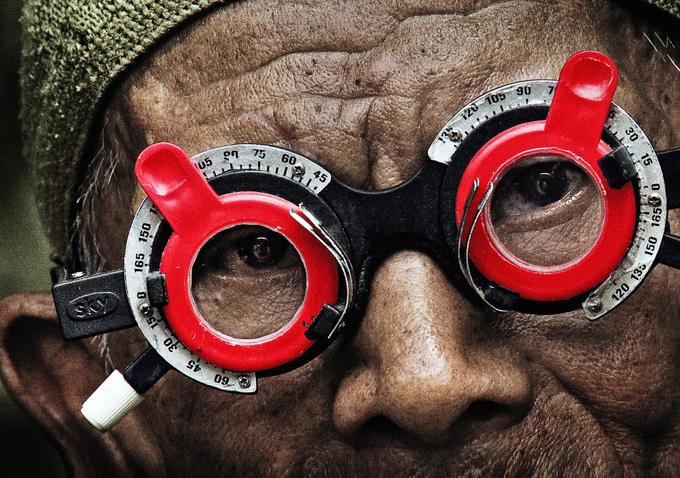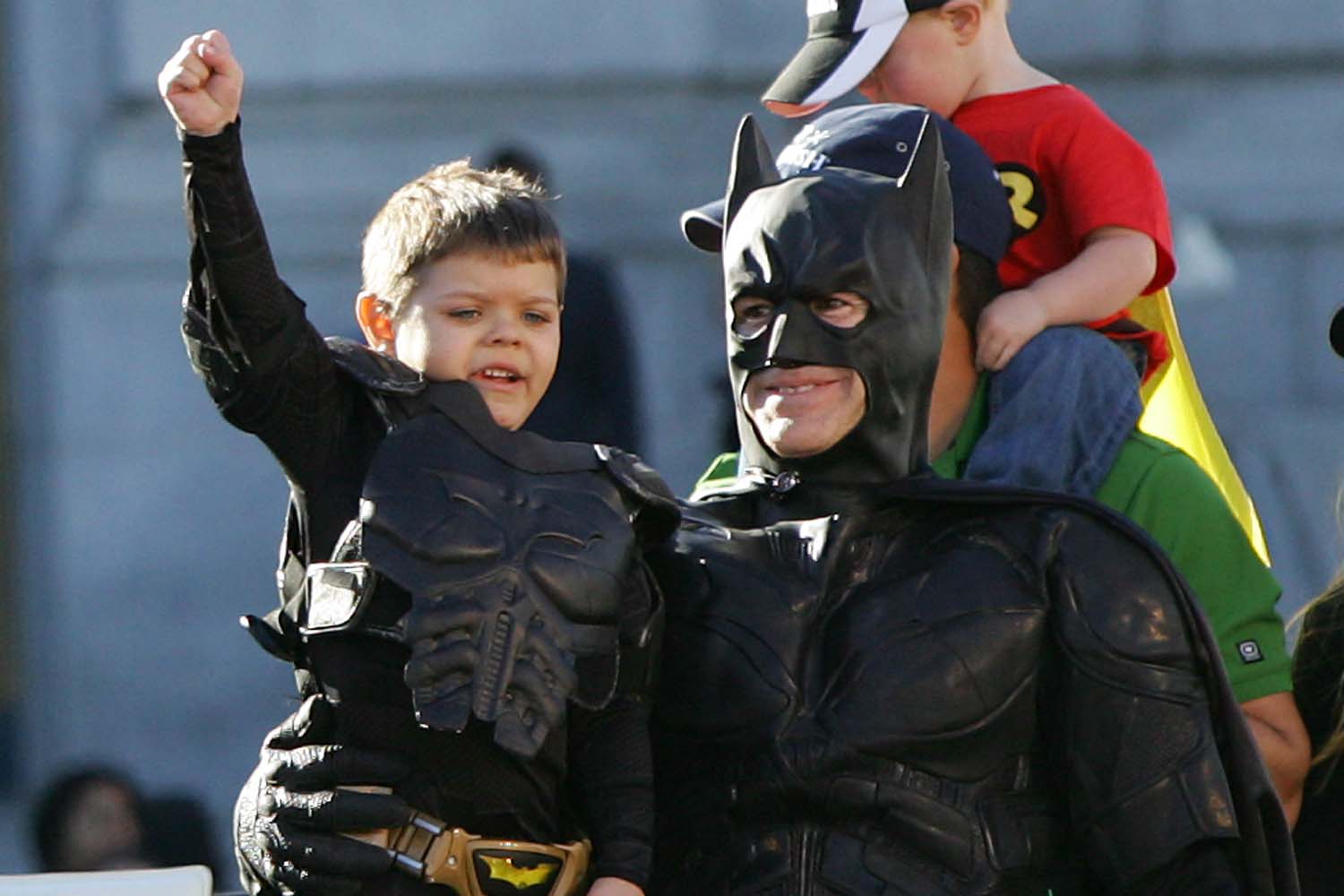Interview with FutureDude Jeffrey Morris
Posted on August 8, 2015 at 3:02 pm
Jeffrey Morris is known as FutureDude. He took that name because he was “frustrated as the guy who was into science and into arts and culture interconnected to science and technology and humanity and that sort of thing. I couldn’t find a single source that had all of that kind of content. They were lumping lots of other things together so I thought I would create my own that was a little bit more pure and a little bit more clear along the path. I have been interested in science and the future since I was a small child and a lot of it stems from the space program and the interest around that. It was early in 1970s and the Apollo program was still going on. And so they were sending astronauts to the moon and I thought it was so cool and I wanted to grow up to be an astronaut. And so like a lot of my friends we used to talk about what life would be like in the year 2000 and we would have all of these big questions about the future and so the work I wanted to do going forward was really always about the future so that’s kind of where the nickname came from. And the blog was really about answering those sorts of questions.”
Now he creates stories via film and comics that “venture to spectacular realms of future possibility — inspired by the leading edge of science and the furthest reaches of human imagination.” For him, movies are “the biggest canvas you can use in a lot of ways. And you can tell stories there that can really grab a lot of attention. I mean the people see these films, they like them, they think about them. So I figured making movies about the future and making movies about humanity in the future was a really good way to sort of get the culture to ask questions and sort of influence positive change so that’s really why I wanted to create movies about the future. It’s not about technology and science so much, this is about human beings learning to be better people and treat each other better and all of those things. So I think that stories, action-adventure stories, good stories with good characters can help motivate that kind of internal growth. And also provide the right role models.”
He was inspired by Gene Roddenberry, who originally wanted to create a television series about the issues of his time, the 1960’s. But the studio was not interested, so he created “Star Trek” to explore the issues of the 1960’s through the context of the future. “If you think about how he dealt with issues of diversity, the Cold War, all kinds of stuff in the show, it’s fantastic. So I think that when I look at the work I am doing it’s kind of between the original Star Trek and now you have things like Terminator which is a very horrible dark view of the future. You’ve got Mad Max, Blade Runner, there is so much when you think about much more negative views of the future. You can count on one hand how many positive views of visions they are of the future. So for me what I am trying to do is create stories that have a positive view. In Oceanus we do have an apocalyptic moment that occurs in the story but out of that situation we are going to create a very hopeful view of how humanity could rebuild itself from that. And the reason why I added the apocalyptic elements is because I think that it is something that could give hope to audiences nowadays. It’s not enough to say, ‘In the future they are going to live underwater and it will be great.’ I think it is better to say that today’s audience – I would watch that movie, I would love that movie. But I think with today’s audience, you have to say there is a reason they have to live underwater and they are going to find the best because they are forced to do it. They are going to become the best. So that’s really the kind of storytelling that we are going to do along the front. But we are extremely positive in that we show people solving problems, working together, learning about their environment, learning about each other and finding the best of what makes us human in those circumstances, that’s a very important thing in our story.”
The special effects in “Oceanus” are very impressive for a non-studio film. “The beauty is that today’s visual effect technology and a great team can make it believable. And so it is a real challenge, we are working on soundstages, we are using a lot of blue screens, we are using a lot of lighting effects, we are using computer graphics but it is kind of a combination of all of these different elements that make it seem believable. And then you have the good actors who play like they are really in the environment so it works. So I think we actually worked out the bugs of how to make it look like you are in the water, we did it.” He said that he knows he got it right because people who see it often ask if it was shot in a pool.
One of the stars of the film is Oscar nominee (for “Longtime Companion”) Bruce Davison. “He is one of the greatest actors of all times and to get to work with him on my first major project as a director was a real honor. He liked the script and then he was really impressed with how I had organized and designed the production so he was willing to come out and do it. It was intense — I was working with a astronomic actor on my first time on this big set. You know what was really cool? After he saw the movie he called me up to congratulate me. He called me a Maestro. That was a real honor.”
Miller wants the audience to “feel like they watched something that give them a sense of awe, that they were amazed by and they may be blown away by, so they were like, ‘Wow.’ There were moments in the film where I heard the audience gasp, that was really cool. That was like – I did it! This really works! I wanted that sense of awe that I don’t feel exists anymore. The sense of beauty and wonder.”
And he said it is important to challenge stereotypes. “I intentionally cast a woman who was in her early 40s because I feel like there are so many unrealistic depictions of women in movies these days and I felt like it was really cool to have a woman who is very strong and very intelligent and maybe a little against stereotype. Again it was fun working and going that direction.”
His other project is a graphic novel called “Parallel Man.” “There is this concept of multiple universes in quantum physics that anything that could happen within reason does happen along different possibilities in another universe right?
So there is some universe where you are President of the United States, another universe where you live in Hawaii. And so we thought: What if in one of those universes instead of developing the atomic bomb, instead some experiment ended up yielding like a doorway into this multi-verse and so what if like that technology was harnessed and it was first used to win World War II and then it led to a bigger conflict? And then eventually leading the United States to a place where it actually had that version of the United States actually started using, skipping between universes and actually aligning with other versions of America in the different universes and eventually becoming corrupt and becoming kind of a power-hungry country. And then we said what if that country, that evil version of America was now going to invade us? And so then we created a number of characters. The guy who was an agent of that other America, the evil America, he sees that there is the freedom in the past and the way things could have been and he decides to turn against that group and actually try to save us and take them down, try to stop them. And so he is kind of a James Bond style guy, cool gadgets, cool car. He’s got a psychic that’s an artificial intelligence hologram and but then he comes over in our universe and he ends up meeting the version of himself in our universe who is a video gamer who lays around all of the time eating pizza and living off his grandmother. So you’ve got this kind of nerdy gamer and James Bond who are the same guy and they are partnering together.”
He says, “I try to make movies that are more than just going to fill time or just something to do. I want it to actually mean something. I want it to have been meaning to it.”





